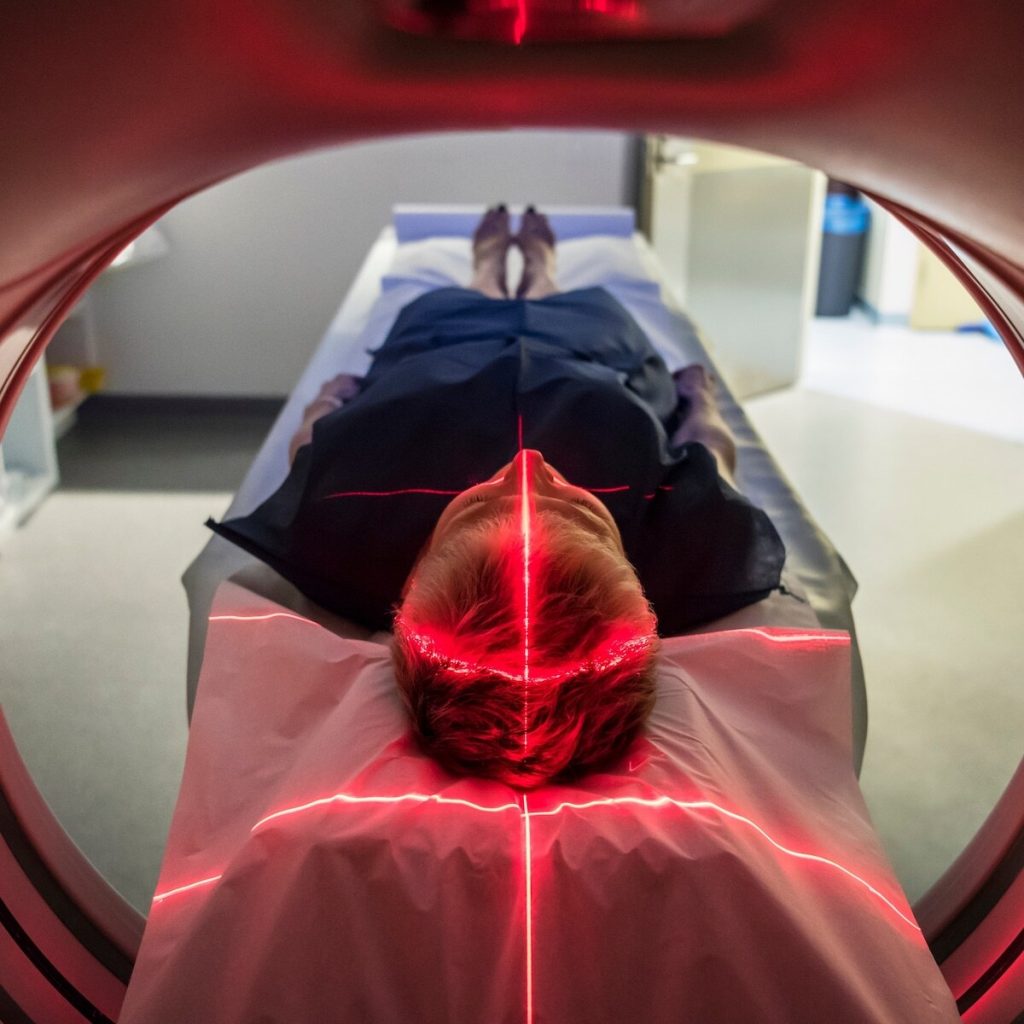New brain research is a sign of how little we understand of ourselves, our universe and our place in it.

26 May 2024 — In our great haste to develop artificial intelligence, it’s good to remember how little we know about the natural kind.
A team of scientists has given the world its most intimate and dazzling view to date of the circuitry of the human brain, and the glimpse – published in the journal Science – is both shocking and awe-inspiring as an illustration of our ignorance.
Talk about a paradox: For all its mysterious powers, the brain boggles at the miracle of itself. Weighing about three pounds in most adults, the organ is primarily made of fat mixed with lesser amounts of water, salts, protein and carbohydrates. Powered by blood and a little electricity, this concoction conceived the plays of Shakespeare, composed the symphonies of Beethoven and placed a telescope a million miles into space to see almost to the dawn of time.
How does it do that? Researchers at Harvard and Google used their brains – boosted by AI – to make a little progress toward understanding. Using a tiny sample of living brain tissue (the byproduct of a surgical intervention to treat epilepsy in a 45-year-old woman), they painstakingly scanned the sample with an electron microscope to reveal the wiring diagram at the cellular level.
The map they discovered is staggering in its complexity. In one cubic millimeter of tissue – roughly the size of a sharpened pencil point – the scientists mapped roughly 57,000 cells and 150 million synapses, which are the links that carry current between neurons. An entire adult brain is approximately 1 million times larger in volume than the mapped specimen.
One hundred and fifty million electrical connections multiplied a million times over. All in the space between one’s ears. Somehow, this most intricate of supercomputers is built from an instruction manual encoded on a tiny strand of DNA. It teaches itself to perform myriad tasks:
• operating the parts of the body
• sensing and observing the world
• recording and storing memories for future access
• hatching plans and testing results to adjust a new plan
• imagining the non-real, creating and inventing things
• forming emotions and mastering them
• creating the peculiar self-awareness known as consciousness
To reach this milestone in understanding its own operations, the brain (a 3-pound bag of fat, water and salt – you remember that because yours absorbed, processed and stored the information a few paragraphs ago and without effort retrieved it from the files) – had to work cooperatively with other brains to perform a series of amazing feats. According to an article announcing the results in Nature:
Brains had to create a microscope so powerful that it can see 150 million individual electrical connections in a specimen no bigger than a poppy seed.
Brains had to perfect cutting technology so fine that it could separate that tiny tissue specimen into some 5,000 slices for scanning.
Brains had to devise microchips so intricate that they could process 1.4 petabytes (or 1.4 million gigabytes) of data from the electron scanning microscope and, using artificial-intelligence algorithms devised by still other brains, reassemble the slices into 3D images.
And that’s not counting the brains that figured out how to safely perform surgery to get the sample, which came from the patient’ temporal cortex, a part of the brain associated with learning.
Neuroscientist Jeff Lichtman led a team of researchers at Harvard in preparing the tissue and scanning it. Lichtman’s co-author Viren Jain, a neuroscientist working for Google, led the team that applied artificial intelligence to assembling the final map. For all the brainpower that went into the project, the most striking part of their achievement was the modesty with which they addressed what they had done. In an interview in Nature magazine, Jain noted:
It’s a little bit humbling. How are we ever going to really come to terms with all this complexity?
A human tendency is to imagine that we know a great deal more than we actually know, that our understanding of ourselves and our universe and our place in it is nearly complete, and thus our decisions and policies, our goals and solutions, are mostly correct.
What folly!
In truth, the more we learn, the less we know for certain. Thousands of years of human development bring us to the moment when our technologies converge to peek into a corner of the human brain. And what we see there is just how desperately far we are from even a rudimentary grasp of its inner workings – much less how it came to be.
The same is true everywhere we look. And it’s wonderful. We’re not in the twilight of the human voyage; it’s still dawn.
The age of discovery is only beginning, and its duration is limited only by our willingness to learn and grow. To see the miraculous tangle of connections inside a mere speck of one human brain is to find nearly infinite possibility and to feel a surge of hope.
And this coming from a cynical, skeptical curmudgeon 🥸